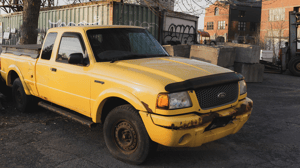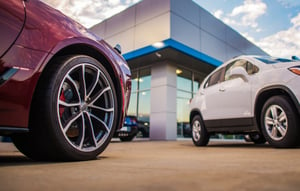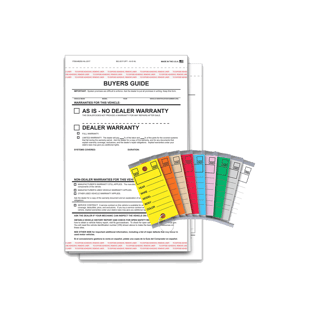
The Rust Rule: Inspection Technicians Take Note
It’s odd to be writing about rust with NH in one of its worst droughts in 20 years but after discussion with the DMV and State Police it is necessary.
PARTNER SPOTLIGHT
Dealer Management System, Computer Technology, Media/Advertising, Automotive Auction, F & I/Aftermarket Products, Automotive Technology Training & Compliance
 A NHADA Gold PARTNER
A NHADA Gold PARTNERComputer Technology, Automotive Shop Equipment, Environmental Services
 A NHADA Platinum PARTNER
A NHADA Platinum PARTNERF & I/Aftermarket Products, Automotive Technology Training & Compliance, Environmental Services
.png?width=150&name=corp_logo_horz_on_light_with_trademark_symbol_1200w%20(002).png) A NHADA Diamond PARTNER
A NHADA Diamond PARTNERF & I/Aftermarket Products, Financial Services, Automotive Technology Training & Compliance
 A NHADA Diamond PARTNER
A NHADA Diamond PARTNERThe law and rule on rust has some grey area and unfortunately can lead to some confusion and unhappy customers at the time of the annual safety inspection. We hope that this article helps clarify the law and that you share it with all of your technicians.
For vehicle rust keep in mind that no private passenger vehicle or light truck shall pass the inspection if:
- Substantial rust is observed
- Any rust permits exhaust gases to enter the passenger or cargo compartment
- Any metal or any loose or dislocated parts protrudes from the surface of the vehicle so as to create a hazard
- The bumper is rusted so that it is not firmly attached or that has broken or torn portions protruding from the surface so as to create a hazard
- The frame is not in solid condition
In 2019 the law on rust was modified to eliminate confusion and make it geared more towards vehicle safety. It was sponsored by Representative Steven Smith (R-Charlestown) who was at the time the Chair of the Transportation Committee and is now the Deputy Speaker.
The law, RSA 266:3-a which is below, is controlling and lays out the policy. The rule clarifies it and is the handbook that many technicians use to guide them. The Department of Safety is in the process of updating the rust rule to fit the law. NHADA will notify membership as soon as the rule is amended.
|
Section 266:3-a Rust. The director shall establish a procedure for the external visual examination for rust of private passenger vehicles and light trucks during the inspection required by RSA 266:1. The procedure shall include requirements for further examination if substantial rust is observed. No private passenger vehicle or light truck shall pass the inspection requirements of RSA 266:1 if the procedure reveals any of the following:
Source. 2018, 43:1, eff. Jan. 1, 2019. |
For questions on the rust issue contact me at dbennett@nhada.com or your trooper/AEI from Troop G at: (603) 223-8778.



















.png?width=150&name=Ally_Final%20Logos%20and%20Pairings_11.14.2018-01%20(2).png)


-2.png?width=150&name=Wipfli%20Logo%20Blue%20RGB%20(1)-2.png)


.jpg?width=150&name=NHADA_Partner_FTR_Img_NHADA_Insurance%20(1).jpg)


.jpg?width=150&name=NHADA_Partner_FTR_Img_JMA(1).jpg)





